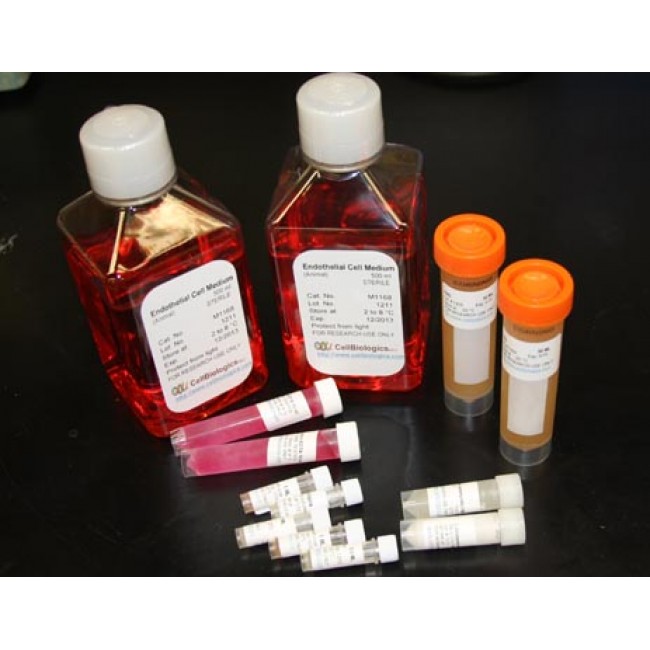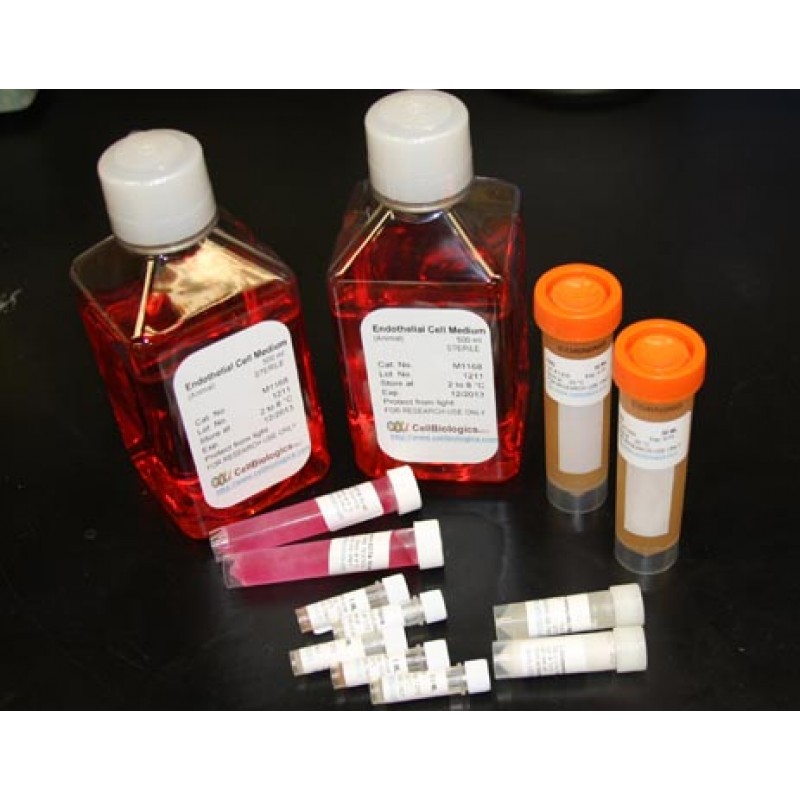This factor is identical to prokineticin-1 and is a member of the AVIT protein family. Expression of human EG-VEGF messenger RNA is restricted to the steroidogenic glands, ovary, testis, adrenal and placenta and is often complementary to the expression of VEGF. EG-VEGF has been identified as a mitogen specific for the endothelium of steroidogenic glands. EG-VEGF resembles VEGF in that it causes extensive angiogenesis and cyst formation when delivered in the ovary. EG-VEGF differs from VEGF in that it does not promote angiogenesis in the cornea or skeletal muscle. Two receptors have been characterized and are expressed in gastrointestinal organs, endocrine glands and other tissues. The G-protein-coupled receptors ZAQ and I5E both function as the EG-VEGF receptor.


